How building automation impacts health, efficiency, and indoor air quality in hospitals
How does building automation ensure hospitals are safe, secure, comfortable environments for everyone?




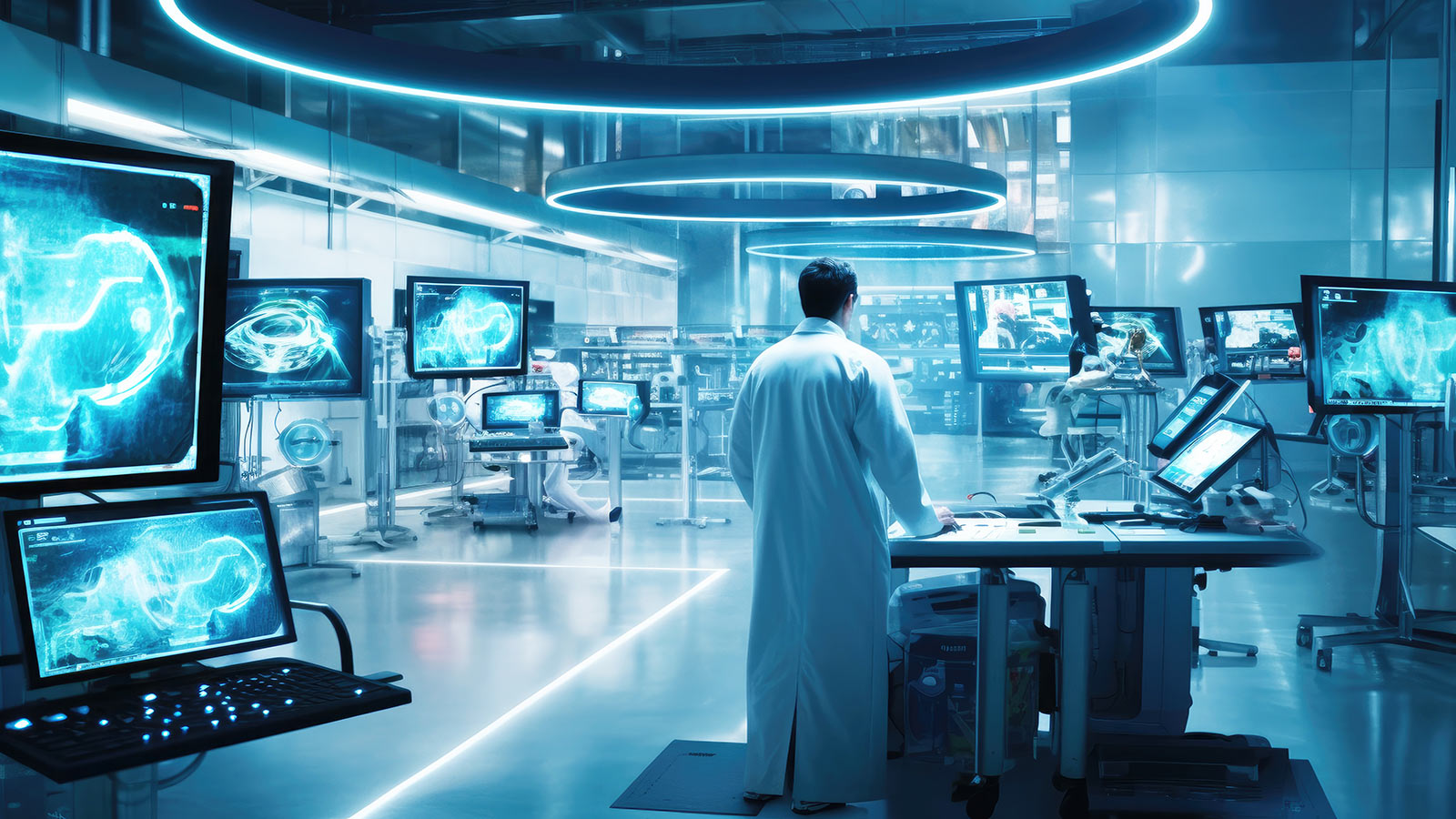
At a glance
As hospitals and health care facilities evolve, the building automation and controls within them must change, according to an MEP Roundtable panel in this article first published in Consulting Specifying Engineer.
Respondents

Derek Cornell: Automated real-time location systems and their integration into something as simple as the light fixtures in the space are proving to be beneficial to health care facilities. It is important for health care facilities to be flexible, adaptable buildings, and a robust-asset tracking system is crucial to effective facility operation.
Sierra Spitulski: The future of automation in hospitals is a bright one. From wayfinding to interfacing patients with the hospital directly by leveraging the patient experience with technology and increasing equipment interconnectivity, which enables even the lowest-level coil to interface with these more sophisticated central controls systems to give or take commands according to programmed sequences, this a big direction for the future.
Sierra Spitulski: The biggest hurdle for hospitals on the systems integration and interoperability front has been proprietary versus nonproprietary control systems. For nonproprietary systems, the best model we’ve used involves a cloud-based server to ensure standardized sequences and programming to allow for normalized bids, reduction of licensing fees, and better control of contractor installations. By removing proprietary controls, hospitals aren’t forced to sacrifice quality and can hold contractors accountable when necessary.

Derek Cornell: Hospitals contain a vast amount of secure data, including information that is required to be protected from fraud and theft by the Health Insurance Portability and Accountability Act (known as HIPAA). This is one of the reasons why security is a real concern with any wireless system in health care facilities and why hospital information technology leads are very hesitant to allow this technology onto their campuses. One way to prevent cyberattacks on these secure systems is to ensure any wireless technology that is implemented in a facility does not operate on a standard Wi-Fi signal but rather uses an IEEE 802.15.4 protocol such as ZigBee. This type of protocol and the standards put in place are designed to prevent the interference.
Do you design building automation systems? Our website offers free tools and utilities for building design and automation consultants. Make your life easier, save time, and save effort by registering for a Consultant account on our Reliable Controls Support Center.
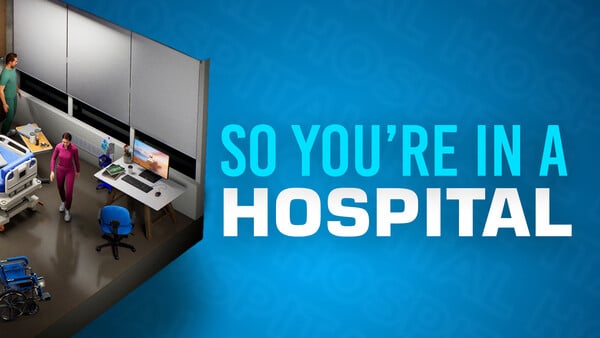
How does building automation ensure hospitals are safe, secure, comfortable environments for everyone?
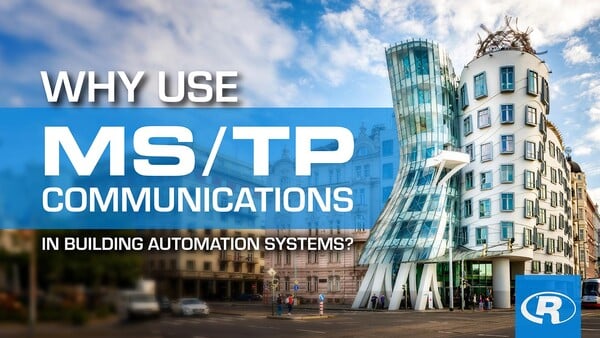
Learn when and why MS/TP communication is helpful in building automation systems.

From the moment you park your car at a hockey arena, your comfort and safety are enhanced through a building automation system. Here’s how.

Building automation systems can make buildings truly intelligent, reducing their carbon footprint and saving money. Learn how.
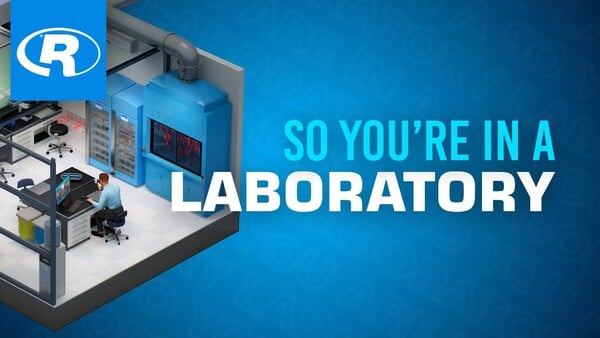
Ever wonder how a building automation system ensures safety and accuracy in lab work?

Museums—and their building automation systems—play an important role in preserving the preserved. Learn how.
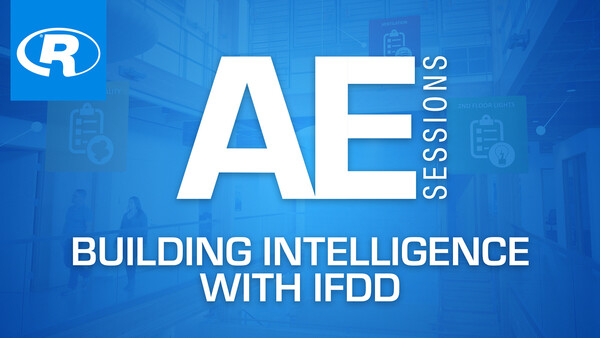
When you see a doctor or personal trainer, you benefit from their knowledge and experience. In the same way, a building automation system should provide all the tools you need to maintain your buildings in optimal health.
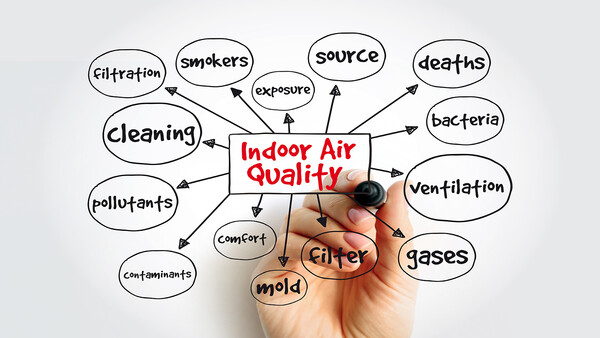
What are you doing to mitigate the transmission of viruses indoors? Learn what measures you can take and how your smart building provides more information and control for IAQ concerns.